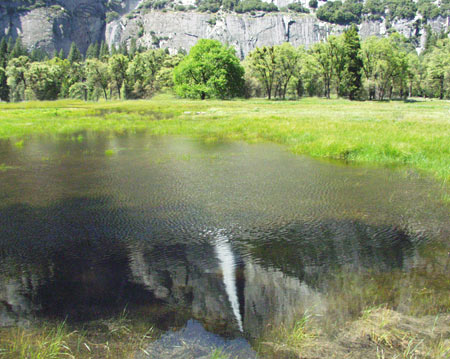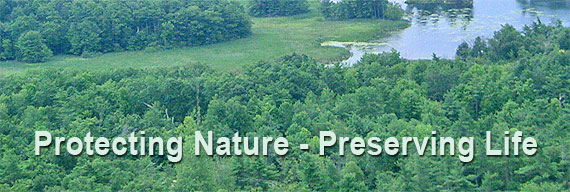Climate And Weather
Owing to the westerly trend of the Valley
and its vast depth there
is a great difference between the climates of the north and south
sides--greater than between many countries far apart; for the south
wall
is in shadow during the winter months, while the north is bathed in
sunshine every clear day. Thus there is mild spring weather on one side
of the Valley while winter rules the other. Far up the north-side
cliffs
many a nook may be found closely embraced by sun-beaten rock-bosses in
which flowers bloom every month of the year. Even butterflies may be
seen in these high winter gardens except when snow-storms are falling
and a few days after they have ceased. Near the head of the lower
Yosemite Fall in January I found the ant lions lying in wait in their
warm sand-cups, rock ferns being unrolled, club mosses covered with
fresh-growing plants, the flowers of the laurel nearly open, and the
honeysuckle rosetted with bright young leaves; every plant seemed to be
thinking about summer. Even on the shadow-side of the Valley the frost
is never very sharp. The lowest temperature I ever observed during four
winters was 7° Fahrenheit. The first twenty-four days of January
had an average temperature at 9 A.M. of 32°, minimum 22°;
at 3 P.M. the average was 40° 30′, the minimum 32°. Along
the top of the walls, 7000 and 8000 feet high, the temperature was, of
course, much lower. But the difference in temperature between the north
and south sides is due not so much to the winter sunshine as to the
heat
of the preceding summer, stored up in the rocks, which rapidly melts
the
snow in contact with them. For though summer sun-heat is stored in the
rocks of the south side also, the amount is much less because the rays
fall obliquely on the south wall even in summer and almost vertically
on the north.
The upper branches of the Yosemite streams
are buried every winter
beneath a heavy mantle of snow, and set free in the spring in
magnificent floods. Then, all the fountains, full and overflowing,
every
living thing breaks forth into singing, and the glad exulting streams
shining and falling in the warm sunny weather, shake everything into
music making all the mountain-world a song.
The great annual spring thaw usually begins
in May in the forest
region,
and in June and July on the high Sierra, varying somewhat both in time
and fullness with the weather and the depth of the snow. Toward the end
of summer the streams are at their lowest ebb, few even of the
strongest
singing much above a whisper they slip and ripple through gravel and
boulder-beds from pool to pool in the hollows of their channels, and
drop in pattering showers like rain, and slip down precipices and fall
in sheets of embroidery, fold over fold. But, however low their
singing,
it is always ineffably fine in tone, in harmony with the restful time
of
the year.
The first snow of the season that comes to
the help of the streams
usually falls in September or October, sometimes even is the latter
part
of August, in the midst of yellow Indian summer when the goldenrods and
gentians of the glacier meadows are in their prime. This Indian-summer
snow, however, soon melts, the chilled flowers spread their petals to
the sun, and the gardens as well as the streams are refreshed as if
only
a warm shower had fallen. The snow-storms that load the mountains to
form the main fountain supply for the year seldom set in before the
middle or end of November.

|













